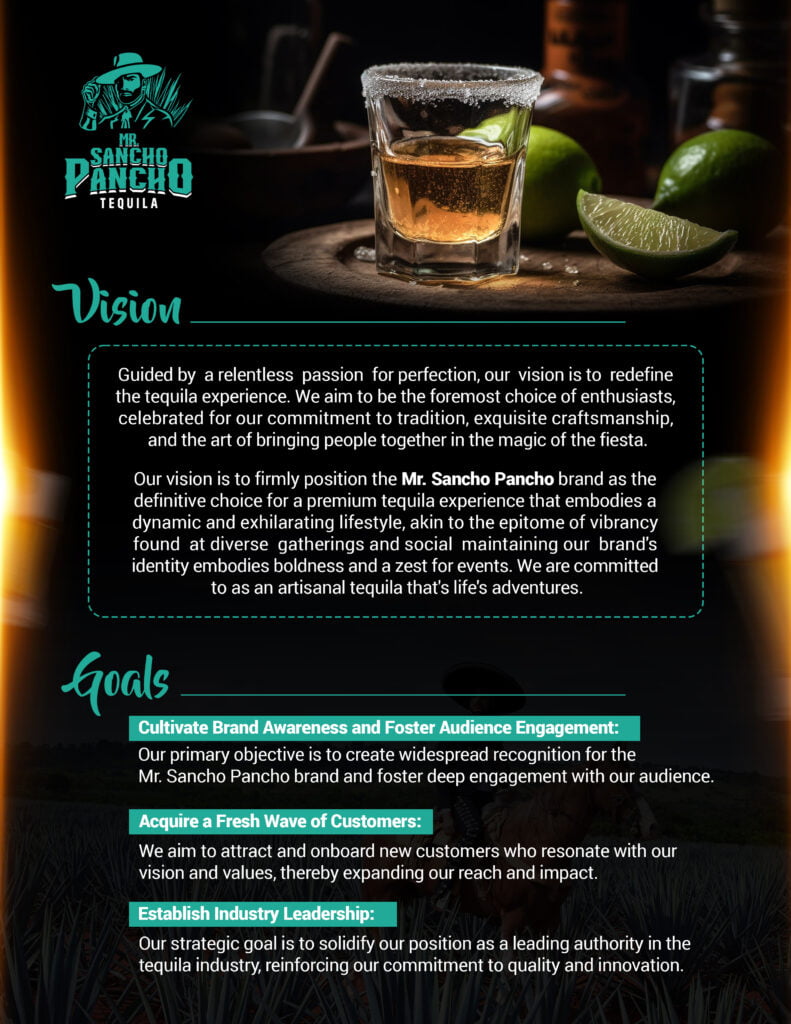Tequila is a world-renowned spirit, and at the heart of its production process are the skilled jimadores. These craftsmen play an essential role in transforming agave plants into the beloved beverage we all enjoy. In this blog, we’ll delve into the crucial tasks that jimadores perform in the tequila production process.
What is a Jimador?
A jimador is a skilled laborer who specializes in harvesting agave plants, the primary ingredient in tequila. These craftsmen are trained to identify when agave plants are ready to be harvested and to extract the piñas (hearts) efficiently.
The word ‘jimador’ comes from ‘jima,’ which means ‘harvest’ in Spanish. The role of a jimador is not just about labor; it’s also about understanding the land and the plants that grow on it. This deep knowledge is passed down through generations, making jimadores an integral part of the tequila heritage.
Jimadores can often identify the subtle signs that an agave plant is ready for harvest just by sight. This skill involves years of experience and an intimate understanding of the plants and their growth cycles. It’s a form of craftsmanship that doesn’t just come from training but also from a deep connection to the land.
Selecting the Right Agave Plants
One of the first tasks of a jimador is selecting the perfect agave plants for tequila production. They look for plants that have reached maturity, typically taking 7 to 10 years to grow. The selection process is crucial for ensuring high-quality tequila.
Jimadores often use their senses to determine if an agave plant is ready. They might look for a specific color in the leaves or even listen to the sound the plant makes when tapped. It’s a meticulous process that requires a trained eye and a wealth of experience.
Choosing the right agave plants is like choosing the right grapes for wine; it greatly impacts the flavor and quality of the tequila. A mature agave plant has the right balance of sugars, making it ideal for fermentation and distillation, which are the upcoming stages in tequila production.
Harvesting the Agave
Once the agave plants are selected, jimadores use a specialized tool called a ‘coa de jima’ to cut off the sharp leaves. This process requires precision and strength, as they must carefully extract the piña without damaging it.
The coa de jima is a long, machete-like tool with a rounded blade. Jimadores wield this tool with incredible skill, slicing through the tough leaves efficiently while protecting the core of the plant. It’s a physical task that demands not only strength but also grace and accuracy.
During harvesting, a jimador may work on several agave plants in a day, but each plant is treated with care and respect. The process is labor-intensive and often done under the hot sun, further highlighting the dedication and resilience of these craftsmen.
Trimming the Piñas
After harvesting, the piñas must be trimmed to remove any remaining leaves and roots. Jimadores meticulously clean the piñas, ensuring that only the core is left for the next steps in the tequila-making process.
This trimming process is crucial because any remaining leaves or roots can affect the flavor of the tequila. The cleaned piñas will yield a purer juice that is ideal for fermentation and distillation, resulting in a high-quality product.
Attention to detail during this stage cannot be overstated. The clean piñas are the result of hours of careful trimming, reflecting the jimadores’ expertise. This painstaking work ensures that every step in the tequila-making process benefits from their precision.
Transporting the Piñas to the Distillery
Once the piñas are trimmed, they are transported to the distillery where they will be cooked and fermented. Jimadores often work in teams to load and transport the heavy piñas, ensuring they arrive in perfect condition.
Transporting piñas is no small feat, as each can weigh between 40 to 200 pounds. Jimadores coordinate the logistics to move these massive cores from the fields to the distillery. It’s a task that demands both physical endurance and careful planning.
Working in teams, jimadores load the piñas onto trucks or carts, ensuring that the heavy load is managed efficiently. This teamwork underscores the community aspect of jimador labor, where collaboration is key to handling such demanding work.
The Importance of Jimadores in Tequila Production
From selecting the right agave plants to harvesting and transporting the piñas, jimadores play an indispensable role in the tequila production process. Their expertise and dedication are crucial for producing the high-quality tequila that reaches our glasses.
Without the jimadores’ deep knowledge and hard work, the entire process of tequila-making would be compromised. Their role is so intrinsic to the craft that it’s often said good tequila begins with the jimador.
The craftsmanship of jimadores ensures that every bottle of tequila encapsulates the history, skill, and dedication of these hardworking individuals. It’s a reminder that behind every sip of tequila is a story of labor and love.
When one enjoys a glass of tequila, it’s not just the distillery’s brand but also the jimadores’ effort that makes it special. Their contribution is integral and deserves recognition, making them the unsung heroes of the tequila world.
Appreciating the Craft of Jimadores
As we can see, jimadores are truly the unsung heroes of the tequila production process. Their expertise and dedication to their craft ensure that we get to enjoy high-quality tequila. Next time you sip on a glass of tequila, take a moment to appreciate the hard work and skill of the jimadores behind it.















